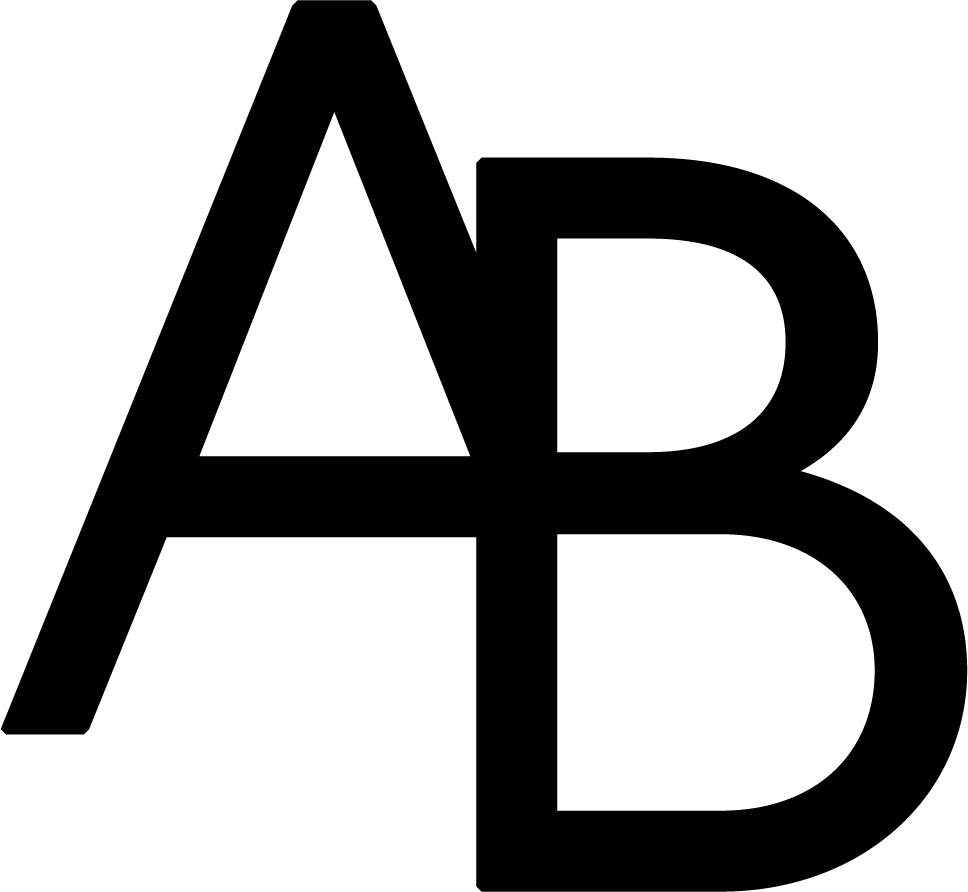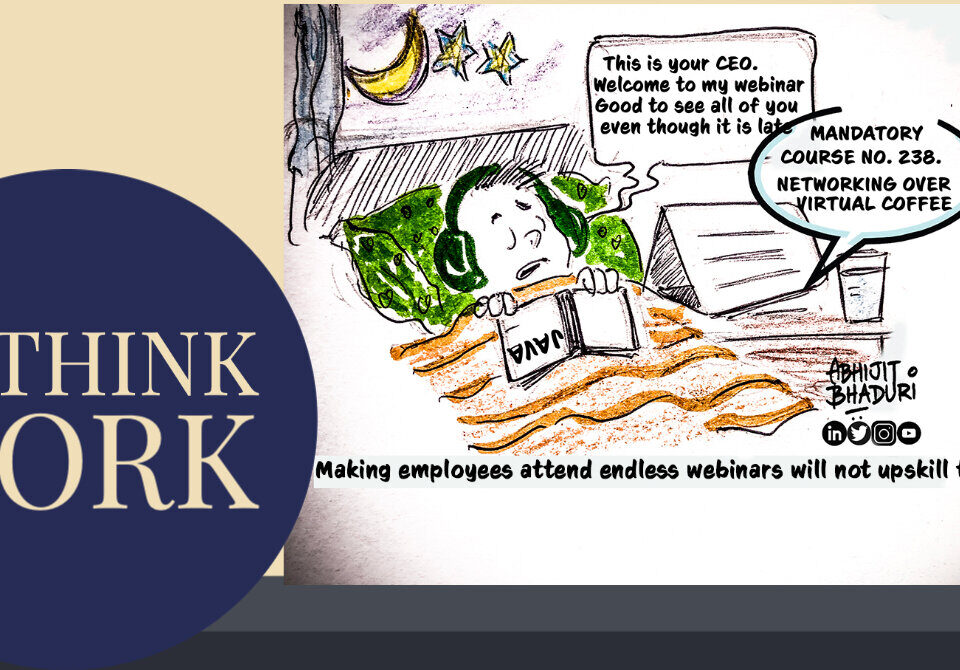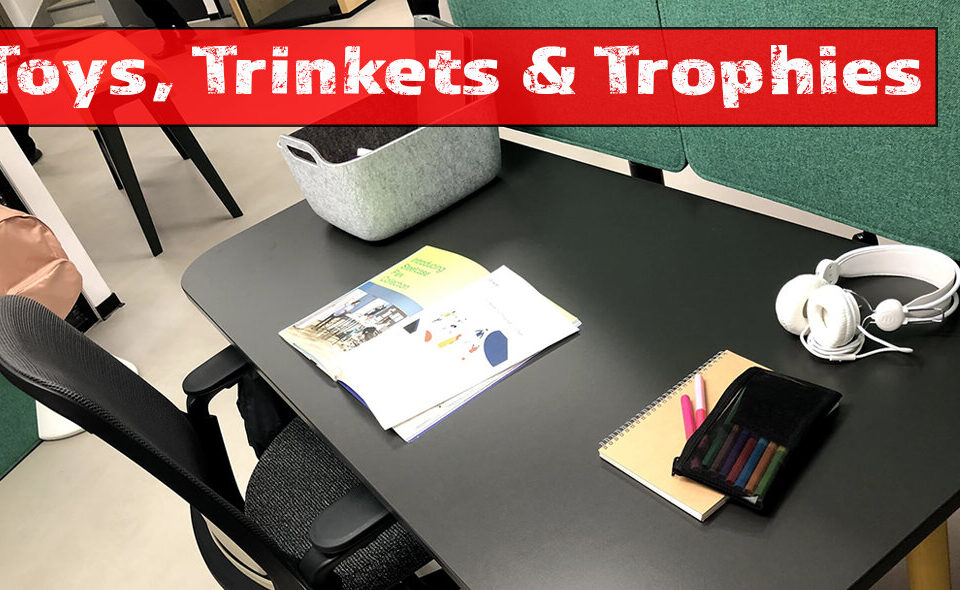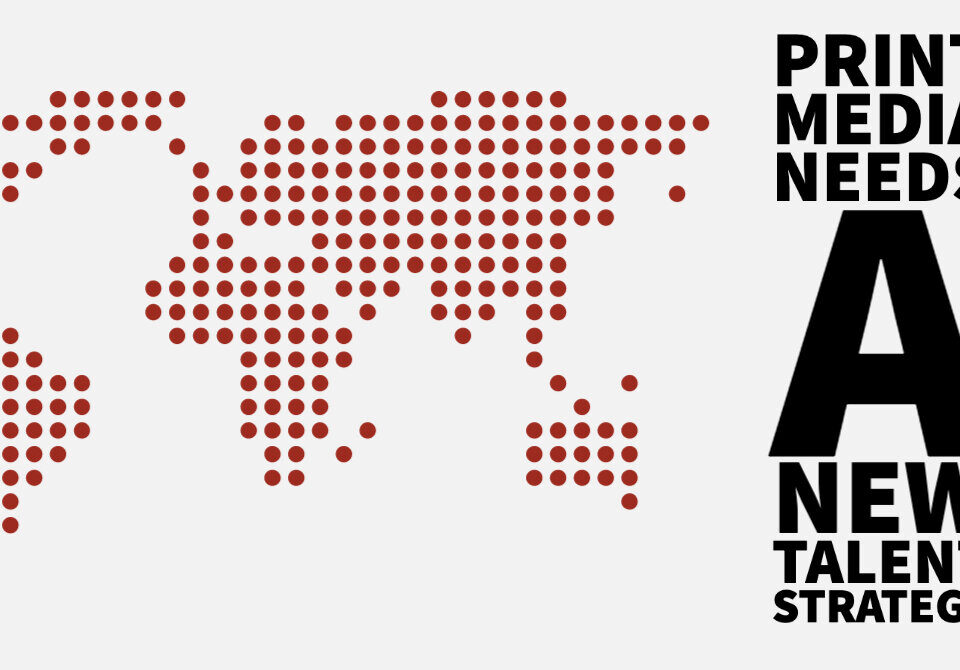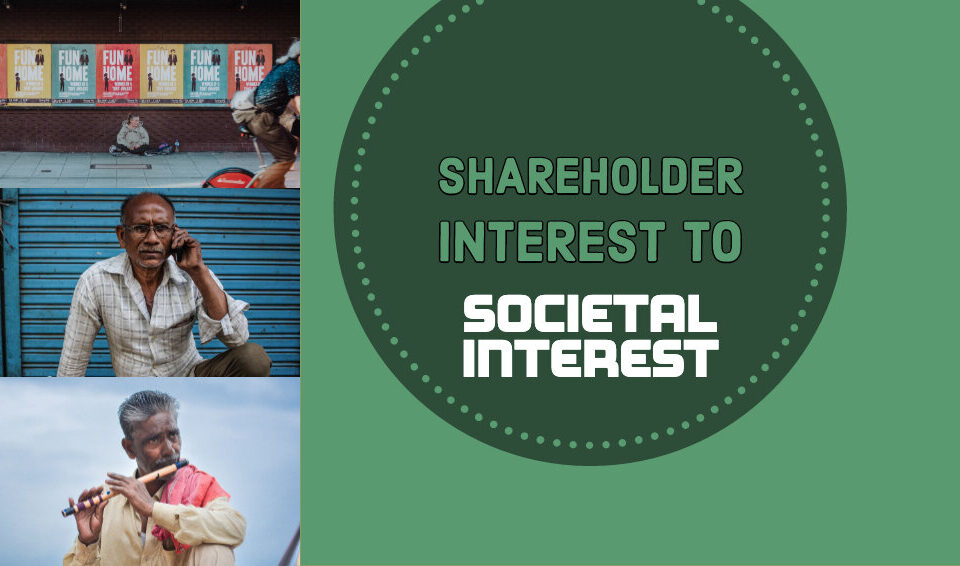As work and talent became location free, the core of work experience changed. We have all become digital nomads where the employer’s workplace has become invisible. Meanwhile the parliament of Estonian created a digital nomad visa that allows “location-independent knowledge workers to live in Estonia for up to a year while working for employers or clients outside of the country, ushering in a new era of work — one where knowledge workers aren’t tied to one desk or even one continent.
A recent big trend on YouTube are the “With Me” videos where people film themselves going about ordinary tasks like cooking, studying, cleaning, or exercising. More and more viewers are tuning into “with me” videos for company, in-depth information, even motivation.
Whereas previously, the biggest online labor marketplaces flattened the individuality of workers, new platforms allow anyone to monetize unique skills. Gig work isn’t going anywhere—but there are now more ways to capitalize on creativity. Users can now build audiences at scale and turn their passions into livelihoods, whether that’s playing video games or producing video content. This has huge implications for entrepreneurship and what we’ll think of as a “job” in the future.
Most online classes are excruciatingly boring because they have the speaker continue for long stretches without involving participants. This can be done through polls, parallel chats, drawings, videos, quizzes, built in every few minutes. It is hard for the speaker to see the facial expressions of the learner. That is essential to build engagement.
One thing is for sure. The world of work has changed. The psychologist Erik Erikson refers to building trust as the first stage of human development. Knowing that we are interdependent, and we trust each other is the reason to hope for a better tomorrow. War and natural disasters can be powerful forces that form bonds that last a lifetime. We can turn this pandemic to be a force for rejuvenation.
The increasing importance of the workplace design as a strategic lever for shaping culture needs to become part of the CXO vocabulary. What kind of work settings enhance the feeling of engagement with colleagues and which work settings encourage individual contribution time need to be consciously designed. How we do our work has changed. The workplace design has to catch up.
This is a new world of work, workers and workplaces. The systems that govern workplaces are still being run like the analog world. When movie making first came about, the movies were like stage productions put on film. It is only later that people experimented and found that the story did not have to be shot in sequential form. Cinema offered new forms of storytelling like flashbacks. Or the use of sound, silence and songs for storytelling. Workplaces must discover the new sounds, silences and songs before they can tell new stories.
As a talent scout, when I went to various educational institutions, I got a great view of which sector attracted the best people. That changed every year. If Consulting got the prime slot in one year, the next year it could be Banking or Retail walked away with the brightest people. People with the same qualification chose different sectors every year depending on a number of factors. Print Media has to discover that element which will encourage them to compete head to head with everyone else for talent. They must, in turn, take a unified view of talent. When it comes to hiring engineers or designers or journalists, the print media has to compete with other employers. The fine balance between work, workers and workplaces is a great place to start.
At the start of 2019, Oxfam released a report at the World Economic Forum that said, “Billionaire fortunes increased by 12 per cent last year — or $2.5 billion a day — while the 3.8 billion people who make up the poorest half of humanity saw their wealth decline by 11 per cent.” That is the Power Curve for you. To put it more starkly — the 26 richest people in the world now have as much wealth as the poorest 3.8 billion people. That may well be the difference between the capitalist system and a system that attempts to minimise the disparities. What tilted our world view to say the Power Curve is the way things are going to be?
